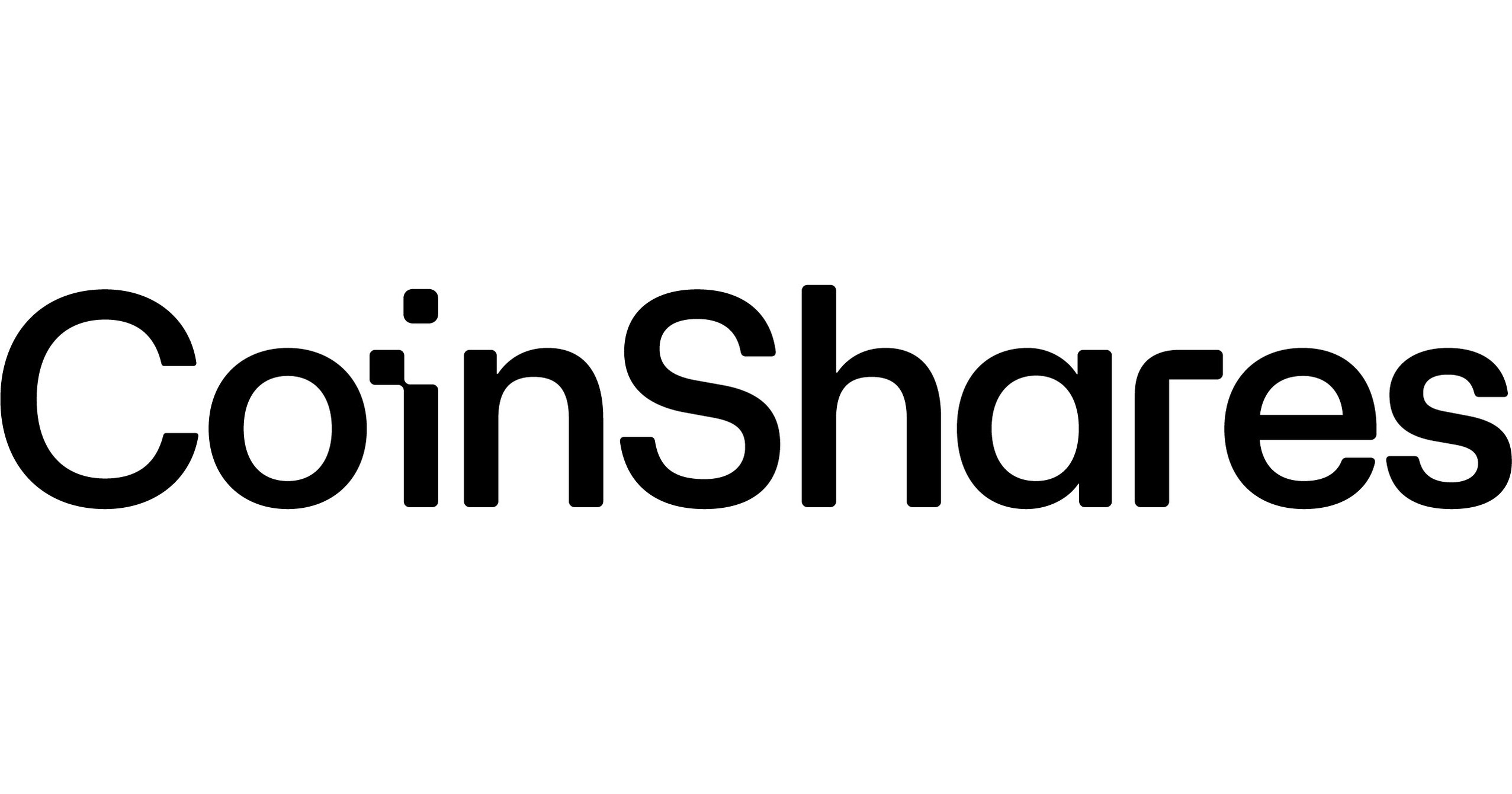The debate about crypto exchange-traded products (ETPs) being regulated under UCITS has intensified this year after the asset class appeared with an ‘ETF’ label for the first time in Europe and was targeted by new cross-border regulation and even the world’s largest asset manager BlackRock.
After gaining regulatory approval in Guernsey last October, Jacobi Asset Management announced it would launch the Jacobi Bitcoin ETF (BCOIN) in July, marking the first bitcoin exposure in an ETF structure this side of the pond.
From a technical perspective, this is interesting. While Europe’s other exchange-traded crypto products are exchange-traded notes (ETNs) – legally structured as debt instruments – Jacobi AM worked with the Guernsey Financial Services Commission (GSFC) to create what is known as a new protected cell company (PCC).
In this context, Jacobi’s PCC houses fund ‘cells’ such as BCOIN, which are equivalent to sub-funds in a fund platform. Investors are then able to buy units of each cell which correspond to a pre-determined physical sum of the desired exposure, in this case bitcoin.
Peter Lane, co-founder and COO of Jacobi AM, said the ETF structure is subject to greater regulatory scrutiny and may be more appealing to institutional clients who do not want the counterparty risk typically associated with ETNs.
However, BCOIN does bear structural similarities to its wrapped crypto peers, given many ETNs are also entirely physically collateralised and do not lend out their underlying.
Another similarity prompting critics to call BCOIN’s ETF label a marketing ploy rather than precedent-setting is the fact it is not UCITS compliant, meaning like ETNs, it does not enjoy the same distribution passporting, investor protection or eligibility benefits as UCITS ETFs.
Being accepted by the trusted UCITS framework as standard would no doubt be a vote of confidence for the maturity of the asset class, however, crypto has already made some inroads into the regulatory framework, just not in ETF format.
UCITS means different things to different regulators
Unfortunately for crypto ETP issuers, the main locations for domiciling funds, Ireland and Luxembourg, still exclude direct exposure to digital assets in UCITS products on a “prudential basis”, even if they might be suitable based on the written rules of UCITS, according to Townsend Lansing, head of product at CoinShares.
Luxembourg’s Commission de Surveillance du Secteur Financier (CSSF) said under its 2004 anti-money laundering and terrorist financing law, an entity investing in crypto “is not suitable for all kind of investors” and “UCITS, UCIs addressing non-professional customers and pension funds are therefore not allowed to invest directly or indirectly in virtual assets”.
Shane Coveney, partner at law firm Dillon Eustace, said Irish regulators are not satisfied that issuers can risk manage crypto exposures suitably to meet UCITS standards.
Coveney told ETF Stream: “The Central Bank of Ireland (CBI) has noted that such exposure can present significant risks including liquidity risk, credit risk, market risk, operational risk (including fraud and cyber risks), money laundering and terrorist financing risk, and legal and reputation risks.
“In assessing the suitability of such a product for a retail investor base, the CBI’s view is that retail investors would need to be able to appropriately assess the risks of making an investment in a fund which gives such exposures, something which has not been shown sufficiently to meet its requirements.”
However, other bodies take a more lenient view. In a report published last June, WisdomTree noted the Spanish financial regulator, the Comisión Nacional del Mercado de Valores (CNMV), said if collective investment schemes are UCITS or equivalent, they can have exposure to financial instruments with performance linked to cryptocurrencies, provided they do not embed derivatives such as ETNs.
More significantly in the context of ETPs, the German regulator BaFin allows UCITS funds to buy crypto ETNs on the delta one exception on transferable securities and based on the same rationale as allowing funds to access gold via exchange-traded commodities (ETCs), CoinShares’ Lansing told ETF Stream.
“BaFin states you can get exposure via ETPs as long as they are delta one and they trade on exchange, so-called transferrable securities,” Lansing said.
“However, for funds trying to buy ETPs, BaFin is asking them to explain how the more qualitative obligations – risk diversification, risk spreading, risk management – which are implicit within UCITS regulation rather than hard and fast and quantitative, are being done.”
Can crypto use the same backdoor as commodities?
Naturally, some might then question why regulators would allow UCITS funds to invest in crypto or even crypto ETNs but not allow crypto in UCITS ETFs.
One response may be that crypto exposure would need to meet UCITS diversification rules, however, crypto basket ETNs already exist. If other assets such as gold are ineligible on their own but are allowed into UCITS ETFs when part of a diversified commodities product, should a diversified crypto index not receive the same treatment?
CoinShares’ Lansing argued: “The point that a diversified crypto index should be treated like a diversified commodity index under UCITS is 100% correct under the quantitative rules of UCITS.
“If you look at things like 5-10- 40, 20% limit in a diversified index, you can do a derivative on a diversified index.”
However, Lansing admitted the key regulators are unlikely to take this view and even BaFin would be mindful of risk diversification, spreading and management.
Coveney added the CBI would question the availability of centrally cleared and exchange-traded futures on the assets making up a diversified crypto index and would not view components with highly correlated performance as distinct assets.
“Given the focus on costs, fees and expenses in a UCITS product, there is also a question as to whether the roll costs on the trading activity would be seen as a viable solution,” Coveney added.
“Given the costs involved, there is also the potential to have tracking error and a wide divergence in the performance of the crypto bucket that is being tracked.”
Setting a pure crypto basket UCITS ETF aside, a more tenuous approach could be crypto making up a small part of an exotic commodity basket.
Lansing said such a concept would be more likely than a crypto-only basket, but regulators would still need to be satisfied with risk spreading. Even then, he said this option would be less popular with investors, would likely be a German-only play and is still “some way off”.
“A lot of the larger players do not have German UCITS funds and the white-label opportunities are also mostly based in places like Luxembourg and Ireland,” he warned.
Still a waiting game
Lansing concluded it will take Irish and Luxembourg regulators to soften their stances for crypto exposure to grow to the point where they view the asset as tried and tested enough to appear in UCITS format.
At best, he suggested this is “a year of two away probably” but added crypto will never be included in the European Commission’s eligible asset directive, given gold is not even deemed an eligible asset yet.
While Lansing believes crypto’s best chance of UCITS ETF inclusion is via a diversified index, he said even a 5% exposure to crypto would be “challenging”.
Bradley Duke, co-founder and co-CEO of crypto issuer ETC Group, agreed, stating his firm’s focus would remain on other opportunities outside of UCITS.
“With UCITS concentration rules being what they are, it really comes down to the level of discretion individual regulators are prepared to flex,” Duke told ETF Stream. “We, at present, are not looking to go down this road because of this uncertainty and the fact that we have many other irons in the fire.”
Some had hoped the European Parliament’s provisional agreement on the regulation on markets in crypto assets (MiCA) might have impacted the stance of UCITS, however, many regulators still do not treat crypto as an eligible ‘financial instrument’, which is a key consideration for UCITS.
In a paper published in July, Dechert said: “MiCA does not have an impact on UCITS, as UCITS are generally restricted from investing in assets that do not qualify as financial instruments.
“It will have to be seen whether the Distributed Ledger Technology (DLT) Pilot Regime Regulation will make it easier for UCITS to invest in crypto assets qualifying as an eligible financial instrument under the UCITS Directive and becoming investable for a UCITS because they are traded and settled in accordance with the DLT Pilot Regime Regulation.”
While favourable treatment of crypto across UCITS might be some time away, in the meantime, regulators in individual countries might look to develop more distinct positions to corner themselves a market in the asset class – as Guernsey did with Jacobi’s PCC arrangement.
Such divergence carries the risk of greater complexity and more workarounds, which ultimately go against the UCITS goals of greater transparency and investor protection.
This article first appeared in Crypto Unlocked: In the bleak midwinter, an ETF Stream report. To access the full issue,click here.
Related articles









